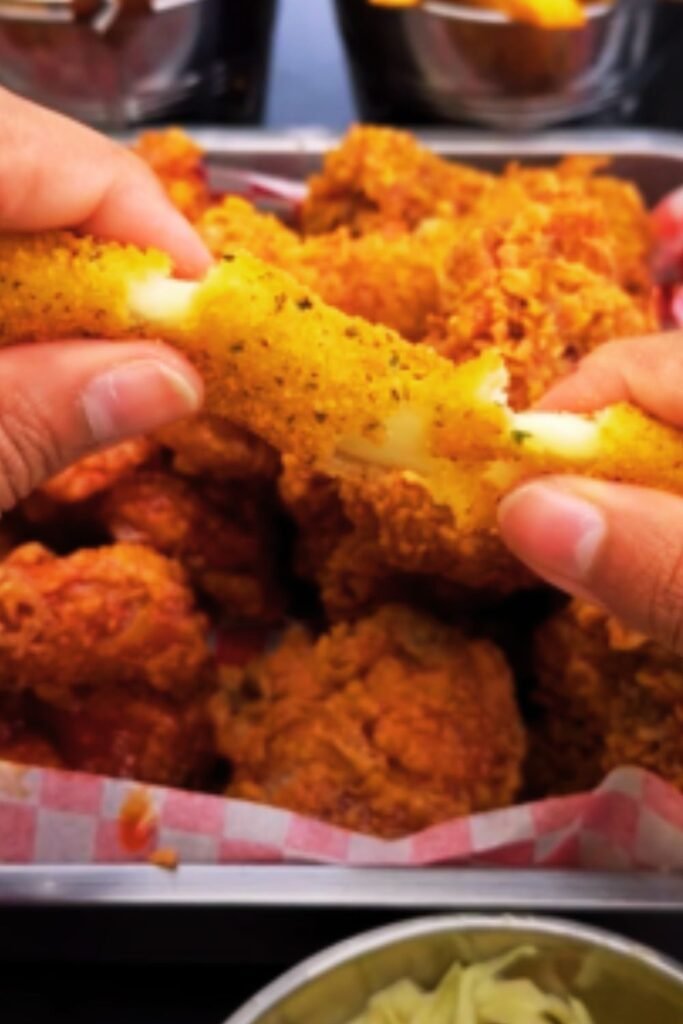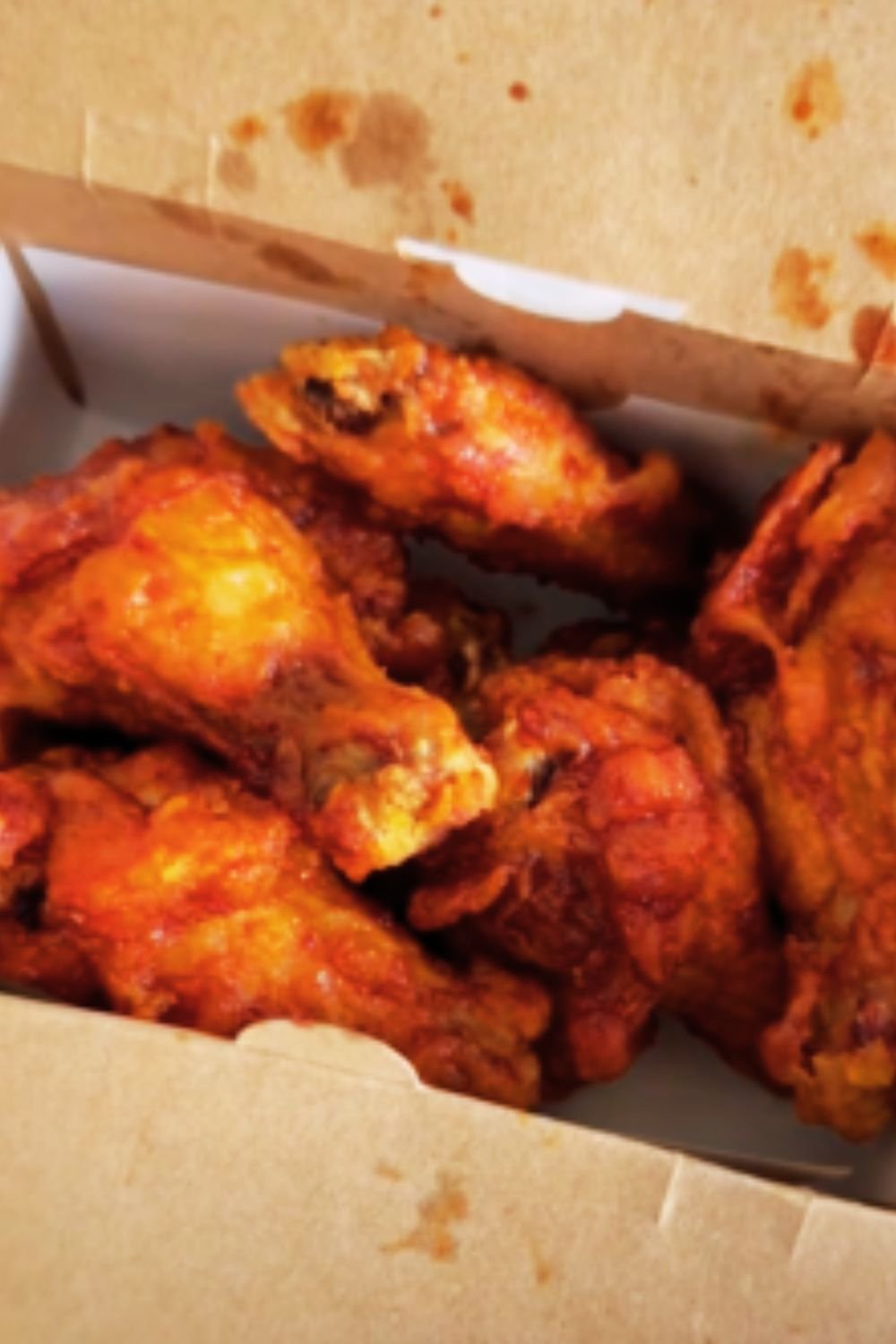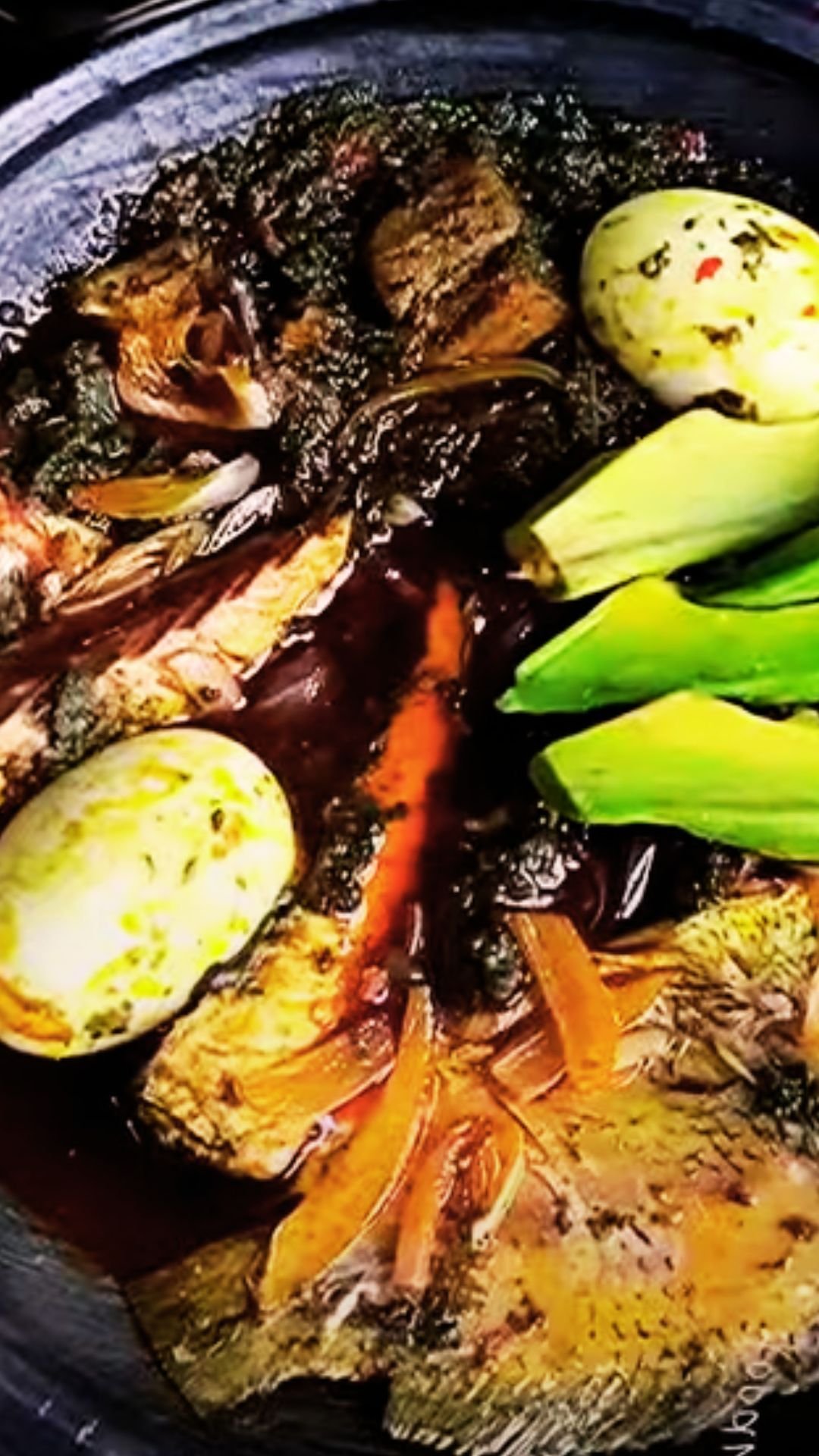Korean fried chicken has completely revolutionized my understanding of what fried chicken can be. I’ve spent countless hours perfecting this technique in my kitchen, and I can honestly say that once you master the art of Korean-style fried chicken, regular fried chicken will never taste the same again. The secret lies in the double-frying method, the incredibly light and crispy coating, and that glossy, sticky-sweet glaze that makes every bite absolutely magical.
What sets Korean fried chicken apart from its American counterpart isn’t just the cooking technique—it’s an entirely different philosophy. While American fried chicken focuses on thick, heavily seasoned breading, Korean fried chicken achieves its legendary crispiness through a delicate balance of starches, a specific frying technique, and the perfect glaze that somehow manages to coat every piece without making it soggy.
What Makes Korean Fried Chicken So Special?
Korean fried chicken, known as “dakgangjeong” when glazed or simply “dak-twigim” when plain, represents a perfect marriage of technique and flavor that I’ve come to absolutely adore. The defining characteristic that makes this chicken so extraordinary is the double-frying method—a technique that ensures the coating stays incredibly crispy even after being tossed in sauce.
The first fry cooks the chicken through and sets the coating, while the second fry at a higher temperature creates that signature shatteringly crisp exterior. This double-frying process typically involves frying for 4 minutes initially, then increasing the oil temperature to 375°F and frying again for 3-4 minutes until golden brown and crispy.
Key Characteristics
Ultra-Crispy Coating: The coating remains crispy for hours, even after being glazed, thanks to the specific starch blend and double-frying technique.
Juicy Interior: Despite the intensive frying process, the meat stays incredibly moist and tender.
Glassy Glaze: The signature sweet-spicy glaze creates a beautiful lacquered appearance that’s both visually stunning and delicious.
Balanced Flavors: The perfect harmony between sweet, spicy, savory, and tangy notes in every bite.
Essential Ingredients for Perfect Korean Fried Chicken

Creating authentic Korean fried chicken requires specific ingredients that work together to achieve that perfect texture and flavor. I’ve learned through trial and error that substitutions often lead to disappointing results, so I always recommend sourcing the proper ingredients.
For the Chicken and Marinade
| Ingredient | Quantity | Purpose | Notes |
|---|---|---|---|
| Chicken wings/drumettes | 2 lbs | Main protein | Cut into uniform pieces for even cooking |
| Buttermilk | 1 cup | Tenderizing marinade | Creates tender, juicy meat |
| Korean chili powder (gochugaru) | 2 tbsp | Flavor and color | Adds subtle heat and authentic taste |
| Garlic powder | 1 tsp | Flavor base | Can substitute with 3 fresh cloves, minced |
| Salt | 2 tsp | Seasoning and brining | Helps retain moisture |
| Black pepper | 1 tsp | Seasoning | Freshly ground preferred |
For the Coating
| Ingredient | Quantity | Purpose | Substitutions |
|---|---|---|---|
| Cornstarch | 1 cup | Primary coating starch | Creates ultra-crispy texture |
| All-purpose flour | ½ cup | Binding agent | Helps coating adhere |
| Potato starch | ¼ cup | Extra crispiness | Can use tapioca starch |
| Baking powder | 1 tsp | Leavening agent | Creates lighter coating |
| Cold water | ¾ cup | Batter liquid | Must be ice-cold |
| Vodka (optional) | 2 tbsp | Alcohol evaporates quickly | Creates lighter texture |
Cornstarch is crucial for making the chicken ultra-crispy and helps it stay crispy after frying, though you can use all plain flour if cornstarch isn’t available.
For the Signature Glaze
| Ingredient | Quantity | Flavor Profile | Essential Notes |
|---|---|---|---|
| Gochujang | 3 tbsp | Spicy, fermented depth | Heart of Korean flavor |
| Honey | 3 tbsp | Natural sweetness | Balances the heat |
| Soy sauce | 2 tbsp | Umami and saltiness | Use low-sodium variety |
| Rice vinegar | 2 tbsp | Tangy brightness | Cuts through richness |
| Brown sugar | 2 tbsp | Caramelized sweetness | Creates glossy finish |
| Sesame oil | 1 tbsp | Nutty aroma | Use sparingly |
| Fresh garlic | 3 cloves, minced | Pungent depth | Essential for authenticity |
| Fresh ginger | 1 inch, minced | Warming spice | Complements garlic |
The Science Behind the Perfect Coating
Understanding the science behind Korean fried chicken’s coating has completely transformed my approach to making it. Using baking powder in the batter serves two purposes: it raises the pH, which increases browning properties and creates a lighter, crispier texture.
The combination of different starches is crucial for achieving the right texture. Cornstarch provides the signature crunch, while flour adds structure and helps the coating adhere to the chicken. Using cold water when making the batter slows down gluten formation, resulting in a lighter, crispier coating.
Temperature Control is Everything
The oil temperature management is absolutely critical for success. I always use a thermometer and maintain strict temperature control:
First Fry: 325°F (163°C) – This cooks the chicken through without over-browning the coating Second Fry: 375°F (190°C) – This creates the final crispy exterior and beautiful golden color
Step-by-Step Cooking Process

Preparation Phase (2-4 hours ahead)
Marinating the Chicken: I combine the chicken pieces with buttermilk, salt, pepper, garlic powder, and gochugaru in a large bowl. The chicken needs to marinate for at least 2 hours, but I prefer overnight for maximum flavor penetration and tenderness.
Setting Up the Coating Station: I prepare two separate mixtures—a dry coating blend and a wet batter. The dry mixture combines cornstarch, flour, potato starch, and baking powder. The wet batter uses the same dry ingredients mixed with ice-cold water until it reaches a consistency similar to thick pancake batter.
The Double-Frying Technique
First Fry Session: I heat oil to exactly 325°F in a heavy-bottomed pot or deep fryer. Working in small batches to avoid overcrowding, I dredge each piece of marinated chicken first in the dry mixture, then dip it in the wet batter, and finally coat it once more in the dry mixture. This triple-coating method ensures maximum crispiness.
Each piece gets fried for exactly 4 minutes, then transferred to a wire rack to drain. The chicken will look pale and not fully cooked at this stage—this is perfectly normal.
Rest Period: I let the chicken rest for 5-10 minutes while I increase the oil temperature to 375°F. This resting period is crucial as it allows the coating to set and the chicken to finish cooking through residual heat.
Second Fry Session: The second fry lasts 3-4 minutes and transforms the chicken completely. The coating becomes golden brown and develops that signature shattering crispiness that Korean fried chicken is famous for.
Creating the Perfect Glaze
While the chicken completes its second fry, I prepare the glaze in a large saucepan. I combine gochujang, soy sauce, vinegar, sugar, garlic, ginger, and sesame oil, whisking until smooth, and add up to 2 tablespoons of water if the sauce is too thick.
The glaze needs to simmer gently for 3-5 minutes until it becomes glossy and coats the back of a spoon. I cook the mixture over medium-low heat, stirring continuously until the sugar melts and the sauce becomes smooth, about 5 minutes.
Flavor Variations and Regional Styles
Korean fried chicken offers incredible versatility in flavoring, and I’ve experimented with numerous variations over the years.
Classic Sweet and Spicy (Dakgangjeong)
This is the most popular style, featuring the traditional gochujang-based glaze that balances sweet and spicy flavors perfectly.
Soy Garlic (Ganjang)
A milder option that focuses on savory flavors with soy sauce, garlic, and a touch of sweetness from corn syrup or honey.
Extra Spicy (Maeilsik)
For heat lovers, this version doubles the gochujang and adds fresh chilies to the glaze.
Honey Butter
A modern fusion style that combines honey, butter, and garlic for a rich, indulgent coating.
Essential Equipment and Tools

Having the right equipment makes all the difference when preparing Korean fried chicken at home.
Must-Have Tools
| Equipment | Purpose | Why It’s Essential |
|---|---|---|
| Deep-fry thermometer | Temperature monitoring | Ensures perfect oil temperature |
| Heavy-bottomed pot | Even heat distribution | Prevents hot spots and burning |
| Wire cooling racks | Proper drainage | Keeps coating crispy |
| Large mixing bowls | Coating process | Allows proper dredging technique |
| Fine-mesh strainer | Oil maintenance | Removes coating debris |
| Tongs | Safe handling | Prevents splashing and burns |
Oil Selection and Management
I always use neutral oils with high smoke points like vegetable oil, canola oil, or peanut oil. The oil temperature is absolutely critical—I never trust guesswork and always use a reliable thermometer.
For oil maintenance between batches, I strain out any coating debris with a fine-mesh strainer to prevent burning and off-flavors.
Common Mistakes and How to Avoid Them
Through years of making Korean fried chicken, I’ve encountered and overcome numerous pitfalls that can ruin an otherwise perfect batch.
Overcrowding the Fryer
This is probably the most common mistake I see home cooks make. Adding too much chicken at once drops the oil temperature significantly, resulting in soggy, greasy coating instead of crispy perfection. I never fry more than 6-8 pieces at a time.
Incorrect Oil Temperature
Using oil that’s too cool results in greasy chicken, while oil that’s too hot burns the coating before the chicken cooks through. I always wait for the oil to return to the proper temperature between batches.
Skipping the Rest Period
The time between the first and second fry is crucial. Rushing this step prevents the coating from setting properly and the chicken from cooking evenly.
Sauce Consistency Issues
The glaze should be thick enough to coat the chicken but not so thick that it becomes gloppy. I always test the consistency by drizzling it from a spoon—it should flow smoothly but leave a coating on the spoon.
Storage and Reheating Guidelines
Korean fried chicken is absolutely best served immediately, but I understand that’s not always practical. Here’s how I handle storage and reheating to maintain maximum quality.
Short-Term Storage (Same Day)
To keep chicken crispy, I fully cook both the chicken and sauce, then cool and cover them separately, refrigerating for up to a day.
Reheating Methods
I reheat the chicken in the oven, uncovered, for 10-15 minutes at 375°F until piping hot throughout. This method restores much of the original crispiness.
Never use the microwave for reheating—it will turn your perfectly crispy coating into a soggy disappointment.
Nutritional Information and Dietary Considerations
| Nutrient | Per 4-piece Serving | Daily Value % |
|---|---|---|
| Calories | 485 | 24% |
| Protein | 28g | 56% |
| Fat | 32g | 41% |
| Carbohydrates | 24g | 8% |
| Sodium | 890mg | 39% |
| Fiber | 1g | 4% |
| Sugar | 18g | – |
Dietary Modifications
Gluten-Free Version: Replace all-purpose flour with rice flour or additional cornstarch Lower Sodium: Use low-sodium soy sauce and reduce salt in the marinade Less Sweet: Reduce honey and brown sugar in the glaze by half Dairy-Free: Substitute buttermilk with plant-based milk mixed with lemon juice
Serving Suggestions and Accompaniments
Korean fried chicken shines brightest when served as part of a complete Korean meal experience.
Traditional Accompaniments
Pickled Radish (Chicken-mu): The clean, crisp acidity cuts through the rich, sticky coating perfectly Coleslaw: A simple vinegar-based slaw provides textural contrast Steamed White Rice: Helps balance the intense flavors Korean Corn Cheese: A popular modern pairing that’s become a staple Kimchi: Fermented vegetables add probiotics and tangy flavor
Beverage Pairings
Traditional: Korean barley tea (boricha) or green tea Modern: Sparkling water with lemon or flavored sodas Non-Alcoholic: Korean pear juice or sparkling grape juice
Troubleshooting Guide
Even experienced cooks encounter issues with Korean fried chicken. Here are solutions to the most common problems I’ve encountered.
Coating Falls Off During Frying
Cause: Insufficient dredging or wet chicken Solution: Ensure chicken is properly dried and use the triple-coating method
Chicken Burns Before Cooking Through
Cause: Oil temperature too high Solution: Reduce heat and use a thermometer for accuracy
Glaze Won’t Stick
Cause: Chicken not hot enough or glaze too thin Solution: Toss chicken immediately after frying and adjust glaze consistency
Coating Isn’t Crispy Enough
Cause: Oil temperature too low or overcrowding Solution: Maintain proper temperature and fry in smaller batches
Advanced Tips for Restaurant-Quality Results
After mastering the basics, these advanced techniques will elevate your Korean fried chicken to restaurant quality.
Brine Enhancement
I sometimes add MSG (1 teaspoon) to my brine for enhanced umami flavor—this is completely optional but creates incredible depth.
Coating Texture Variations
Experiment with adding rice flour (2 tablespoons) to the coating mixture for extra crunch and lightness.
Glaze Innovations
Try adding a tablespoon of kimchi juice to your glaze for additional fermented complexity.
Temperature Precision
Invest in a good infrared thermometer for instant, accurate oil temperature readings.
Questions and Answers
Q: Can I make Korean fried chicken without gochujang? While gochujang is traditional and provides the authentic flavor profile, you can create a substitute using sriracha mixed with brown sugar and a touch of fermented black bean paste. However, the flavor won’t be quite the same as authentic gochujang brings unique fermented depth that’s difficult to replicate.
Q: How long can I marinate the chicken? I recommend marinating for at least 2 hours, but overnight (up to 24 hours) is ideal. Don’t exceed 24 hours as the acids in the buttermilk can start to break down the protein structure too much, resulting in mushy texture.
Q: What’s the best oil for frying Korean chicken? I prefer peanut oil for its high smoke point and neutral flavor, but vegetable oil or canola oil work perfectly well. Avoid olive oil as it has a low smoke point and strong flavor that interferes with the chicken’s taste.
Q: Can I use an air fryer instead of deep frying? While you can attempt Korean fried chicken in an air fryer, you won’t achieve the same results. The double-frying technique and oil immersion are crucial for the authentic texture. Air fryer versions will be healthier but lack the signature crispy coating.
Q: Why is my glaze too thick or too thin? Glaze consistency depends on cooking time and ingredient ratios. If too thick, add water one tablespoon at a time. If too thin, simmer longer to reduce, or mix a small amount of cornstarch with cold water and whisk it in.
Q: Can I prepare the coating mixture in advance? Yes, the dry coating mixture can be prepared up to a week in advance and stored in an airtight container. However, the wet batter should be made fresh each time for optimal results.
Q: What temperature should the chicken reach internally? Chicken should reach an internal temperature of 165°F (74°C). However, with the double-frying method, this is almost guaranteed if you follow the timing correctly.
Q: How do I prevent the oil from getting too dirty? Strain the oil between batches using a fine-mesh strainer to remove coating debris. This prevents burning and maintains oil quality throughout the cooking process.
Q: Can I freeze cooked Korean fried chicken? While possible, freezing significantly degrades the coating’s texture. If you must freeze, do so without the glaze and reheat in a 400°F oven until crispy before adding fresh sauce.
Q: What’s the secret to keeping the coating crispy after glazing? The key is ensuring both the chicken and glaze are at the right temperature when combined. The chicken should be piping hot from the second fry, and the glaze should be warm but not boiling. Toss quickly and serve immediately for best results.
Korean fried chicken represents the perfect fusion of technique, flavor, and texture that makes it one of my absolute favorite dishes to prepare. The process requires patience and attention to detail, but the results are nothing short of spectacular. Each bite delivers that satisfying crunch followed by juicy, flavorful meat coated in a glossy, addictive glaze that keeps you reaching for more.
The beauty of this dish lies not just in its incredible taste, but in the way it brings people together. Whether I’m serving it at a casual gathering or preparing it for a special celebration, Korean fried chicken never fails to impress and create memorable moments around the dinner table.


